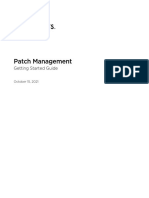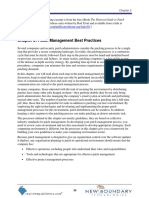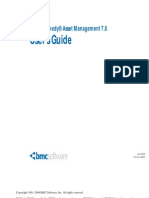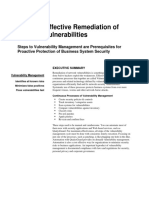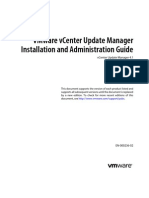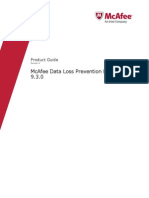0% found this document useful (0 votes)
53 views81 pagesPatch Management Slides For Lab Tutorials - V5
The document provides an introduction to Qualys Patch Management and outlines the steps to activate and set up the module. These include installing Qualys agents, enabling Patch Management in configuration profiles, activating the PM module, assigning licenses, and creating patch assessment and deployment jobs.
Uploaded by
Joe MrMaliCopyright
© © All Rights Reserved
We take content rights seriously. If you suspect this is your content, claim it here.
Available Formats
Download as PDF, TXT or read online on Scribd
0% found this document useful (0 votes)
53 views81 pagesPatch Management Slides For Lab Tutorials - V5
The document provides an introduction to Qualys Patch Management and outlines the steps to activate and set up the module. These include installing Qualys agents, enabling Patch Management in configuration profiles, activating the PM module, assigning licenses, and creating patch assessment and deployment jobs.
Uploaded by
Joe MrMaliCopyright
© © All Rights Reserved
We take content rights seriously. If you suspect this is your content, claim it here.
Available Formats
Download as PDF, TXT or read online on Scribd
/ 81







